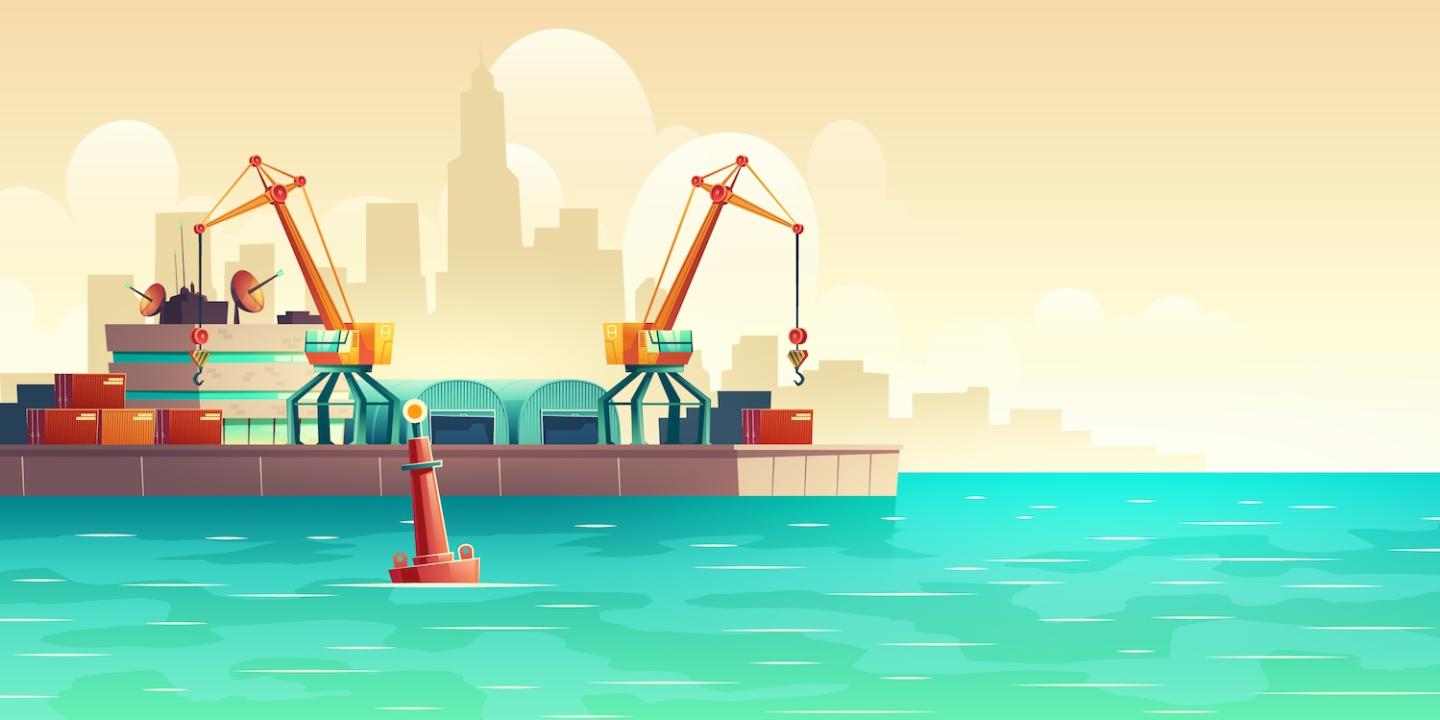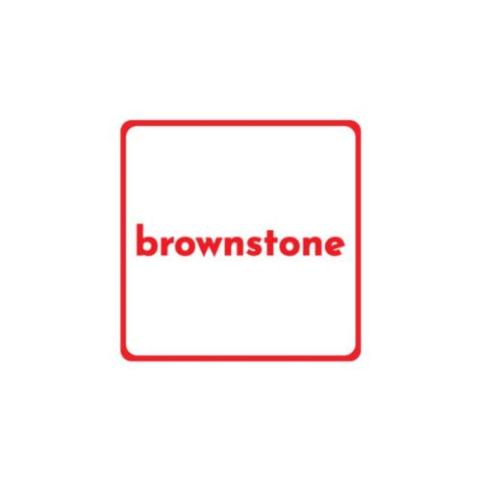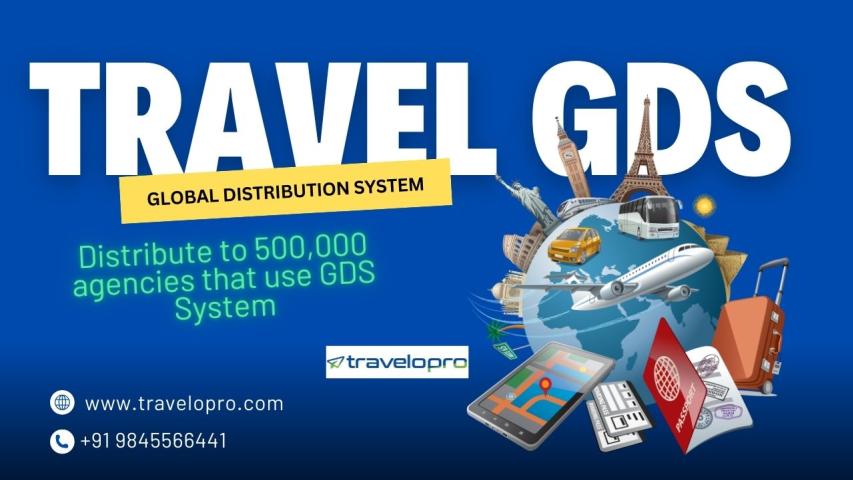So, your startup is growing, and you're thinking about taking the leap into international markets. It's an exciting move, but like anything worthwhile, it comes with its own set of challenges. International distribution can seem daunting at first, but with the right approach, it can become one of the most rewarding steps in your startup's journey. Let’s break down the key steps to getting your product into the hands of customers around the world.
Understanding the Basics
Before diving into the specifics, it’s crucial to understand what international distribution entails. At its core, it’s about getting your product from your home country to customers in other parts of the world. This involves not just shipping but also navigating various regulations, understanding local markets, and establishing partnerships.
Step 1: Research and Plan
The first step is to research and plan your approach. Not all markets will be a perfect fit for your product. You'll need to consider factors like demand, competition, and the cultural preferences of each market. Start by identifying a few key markets where you see potential. Once you've done that, research the legal and regulatory requirements for those countries. Every country has different standards, especially when it comes to things like safety, labeling, and taxes. Getting this right from the start will save you headaches down the road.
Step 2: Choose the Right Distribution Model
There are several ways to distribute internationally, and the right model for your startup will depend on your product, budget, and long-term goals. Here are some common options:
- Direct Distribution: You handle everything yourself, from marketing to shipping. This gives you full control but requires more resources.
- Indirect Distribution: You partner with local distributors or agents who already have a presence in the market. This can be faster and less costly but involves giving up some control.
- E-commerce: Selling directly to consumers through online platforms can be a cost-effective way to enter multiple markets simultaneously.
Step 3: Logistics and Supply Chain Management
International logistics can be complex. You need to think about shipping methods (air, sea, or land), customs clearance, and warehousing. It's also important to consider the time it takes for your product to reach the customer. Working with experienced logistics partners can make a big difference here. They can help you navigate the intricacies of international shipping, ensuring that your products arrive on time and in good condition.

Step 4: Legal and Compliance Issues
Every country has its own set of rules when it comes to imports, so you’ll need to ensure that your product complies with local laws. This might include registering your product, meeting specific labeling requirements, or even modifying your product to meet local standards. Don’t forget about intellectual property protection either; make sure your trademarks and patents are secure in the markets you’re entering.
Step 5: Build Strong Relationships
Relationships are key in international distribution. Whether you’re working with distributors, agents, or logistics providers, strong partnerships will help you navigate challenges and grow your presence in new markets. It’s worth investing time and effort into finding the right partners who understand your business and share your vision.
Step 6: Marketing and Localization
Just because something works in your home market doesn’t mean it will work internationally. You’ll need to adapt your marketing strategies to fit the local culture and consumer behavior. This might involve translating your content, adjusting your messaging, or even rebranding. The goal is to make your product resonate with local consumers while staying true to your brand.
Step 7: Monitor and Adapt
Finally, keep a close eye on how your product is performing in international markets. Regularly review your sales data, customer feedback, and market trends. Be ready to adapt your strategy if things aren’t working as expected. International distribution is an ongoing process of learning and adjusting.
Entering the international market can be a game-changer for your startup, opening up new opportunities and revenue streams. While it’s not without its challenges, careful planning, the right partnerships, and a willingness to adapt will set you on the path to success. Remember, international distribution is more than just shipping products—it's about understanding new markets and building relationships that will help your startup thrive on a global scale.



















